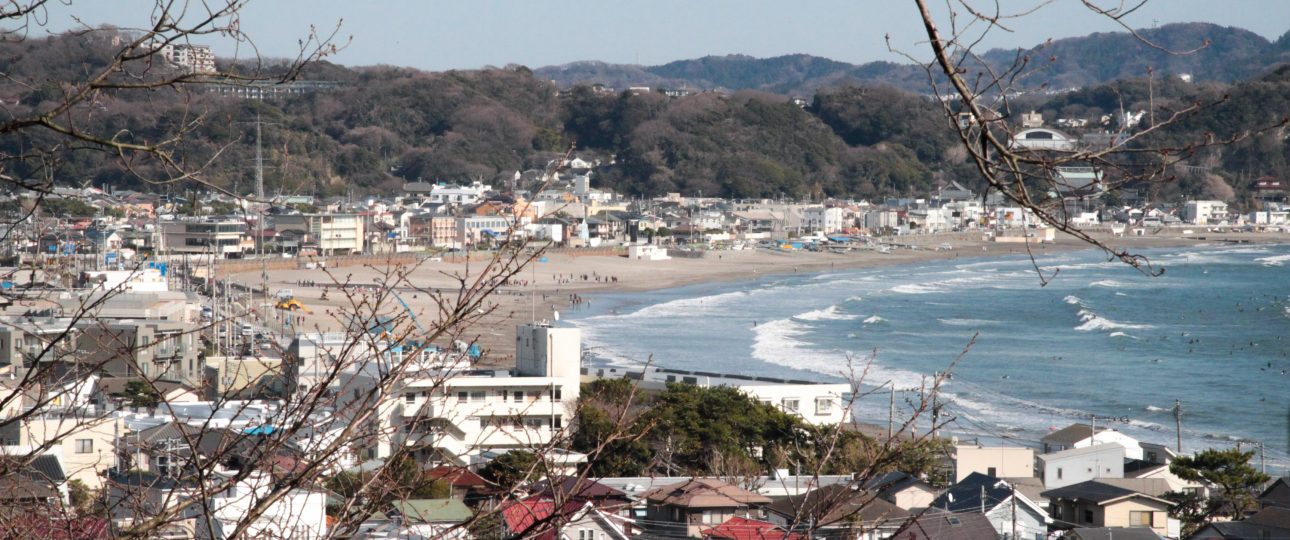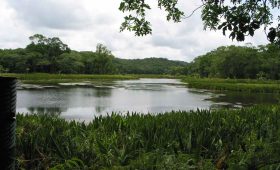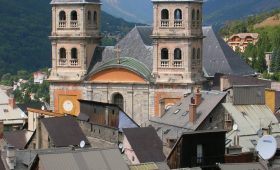Discovering Kamakura: A Journey Through History and Nature
History and Cultural Significance
Kamakura, a coastal town in Japan, was once the political heart of the nation during the Kamakura shogunate from 1185 to 1333. This period marked the rise of the samurai class and the establishment of the first shogunate. Despite the anti-Buddhist movement after the Meiji Restoration, many of Kamakura’s historic temples survived, either spared from destruction or later rebuilt. Today, these sites offer a window into Japan’s past, where ancient traditions coexist with modern life.
Temples and Shrines
The Great Buddha of Kamakura, a bronze statue standing at 13.35 meters, is a testament to the city’s religious heritage. Tsurugaoka Hachimangu Shrine, dedicated to the Shinto god of war, is another significant site. Its vibrant red torii gates and serene gardens provide a peaceful retreat for visitors.
Historical Sites
History enthusiasts will appreciate the Kamakura Museum of National Treasures, which houses artifacts from the Kamakura period. Hase-dera Temple, known for its panoramic views and connection to the legendary samurai Minamoto no Yoritomo, is another noteworthy destination.
Exploring Nature
Kamakura’s natural beauty complements its historical significance. The town’s landscapes, beaches, and greenery offer a refreshing escape for nature lovers.
Enoshima Island
Just off Kamakura’s coast, Enoshima Island is a haven for beachgoers and adventurers. Its sandy beaches and clear waters are perfect for relaxation, while the Enoshima Sea Candle lighthouse offers panoramic views of the area.
Kamakura Beach
Kamakura Beach, with its golden sands and gentle waves, is ideal for swimming or sunbathing. It’s a great spot to unwind and enjoy the sound of the ocean.
Getting There and Local Transportation
Kamakura is a popular day trip from Tokyo, with various transportation options available. From Narita Airport, the Narita Express to Yokohama or Ofuna, followed by the JR Yokosuka line, is the fastest route. Alternatively, from Haneda Airport, take the Keikyu Line Express to Yokohama, then switch to the JR Yokosuka line. For those traveling by train from Tokyo, the JR Yokosuka Line offers a direct route to Kamakura Station.
Once in Kamakura, getting around is straightforward. The Enoshima Electric Railway, or “Enoden,” provides a scenic coastal route, while buses and rental bicycles offer additional options. For the adventurous, a hike from Jōchiiji Temple to Kōtokuin offers a chance to explore the area’s natural beauty.
Best Time to Visit
Kamakura is a year-round destination, but spring (March to May) and autumn (September to November) are particularly appealing. Spring brings cherry blossoms, while autumn offers vibrant foliage, both enhancing the town’s charm.
Summary of Facts
- Kamakura was the political center of Japan during the Kamakura shogunate.
- It is renowned for its temples and shrines, including the Great Buddha and Tsurugaoka Hachimangu Shrine.
- The town offers historical sites like the Kamakura Museum of National Treasures and Hase-dera Temple.
- Natural attractions include Enoshima Island and Kamakura Beach.
- Spring and autumn are the best times to visit.
- Accessible from Tokyo with convenient transportation options.




